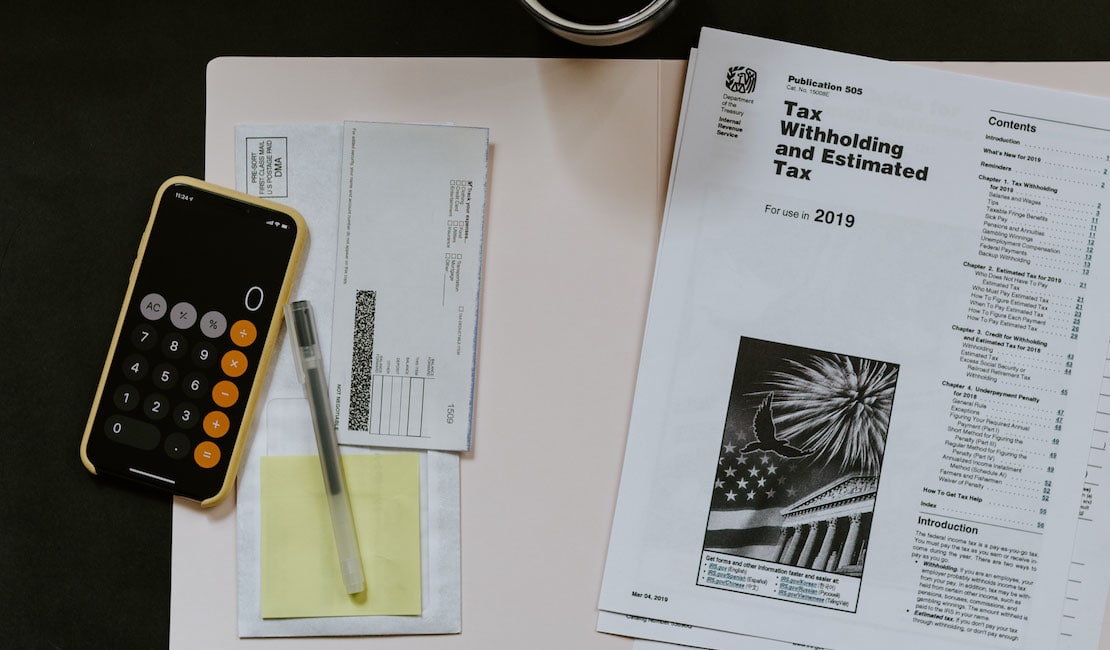This is a guest post from Hub Collins Street members Fundsquire
The R&D tax incentive is a government program that seeks to empower companies that bring, or are at least trying to bring, the future a bit closer.
Innovative companies can get back up to 43.5% of their eligible spending on R&D. This isn’t just reserved for space prototypes and robotic arms – it can mean developer salaries, software spending or many other forms of technology development.
This scheme also isn’t relegated to Australia – many other countries have similar. If your company is headquartered abroad or has subsidiaries, you might be eligible to claim there as well, for example under the UK’s R&D tax credit finance or Canada’s SR&ED financing incentive scheme.
Read more: Legal Tips for Startups: Protect Yourself Before you Hurt Yourself
Think ahead to maximise your R&D tax incentive

It’s much easier to maximise your R&D tax incentive if it’s not just an afterthought once financial year-end comes around. The easiest way is to bake some of the ATO’s thinking into the way you run and record R&D.
The main thing the ATO is scanning for is innovation, and the easiest way to highlight innovation is by using the nifty framework that built the modern world: the scientific method.
If you structure your R&D according to the steps: hypothesis, information collection, testing, data analysis, and conclusion and record your findings, it will be very easy for inspectors to see how you’ve advanced technical knowledge in your sector.
Besides being a great way to generate useful insights, using this method hints to the ATO that you’re attempting to build something new, and not just going through the motions with existing tools and technologies.
Know the rules
Because technological development happens in the same cycles: develop – test – adjust with or without an R&D component, it’s easy to confuse what qualifies for the R&D incentive and what doesn’t.
The ATO is looking for projects that aim at “solving technical issues outside of existing knowledge”. This means anything that you might not easily find on Stack Exchange or on the first few pages of a Google search is usually fair game.
Another common pitfall is to just list projects with an R&D component and attribute the whole undertaking to R&D. The tax authority looks closely at the different activities within a project, so recording the different stages, and the “struggle” through to the final result, is key.
They want to see the blood, sweat and tears that went into creating your project, so don’t be shy to give detail around the iterations and initial failures.
Read more: Hitnet’s CEO talks Accessible Technology, Mentoring, and Coworking
Don’t wait!

One of the major issues with the R&D tax incentive is timing. Given that it is basically a government subsidy and is calculated on the basis of data only present at the end of the year, receiving funding can seem to move at a glacial pace compared to the dynamism of the tech sector.
At Fundsquire, we help companies overcome this hurdle, by allowing them to access their R&D tax incentive payments much earlier, in the year the spending occurs, through an affordable R&D tax incentive loan.
This allows you to use the money when you need it, not just when the ATO decides to release it.
The added advantage is that it frees up funds that you can reinvest in R&D during the same financial year, and that increases the size of the final size of the R&D incentive payment.
This can offset the cost of the financing or even lead to a net cash benefit, depending on the size of the tax incentive and the length of the loan. That’s about as close to a (legal) magic trick as tax accounting is ever going to get.
If your company is involved in any sort of technical or software development, chances are you are eligible for a little cut of the staggering $1.8 Billion that the ATO gives out each year.
If you think ahead, keep your records straight and in line with the scientific method and highlight your iterations, you should be able to maximise these payments. And if you want to supercharge that advantage and access the funds much earlier in the year, we’re here to help.






